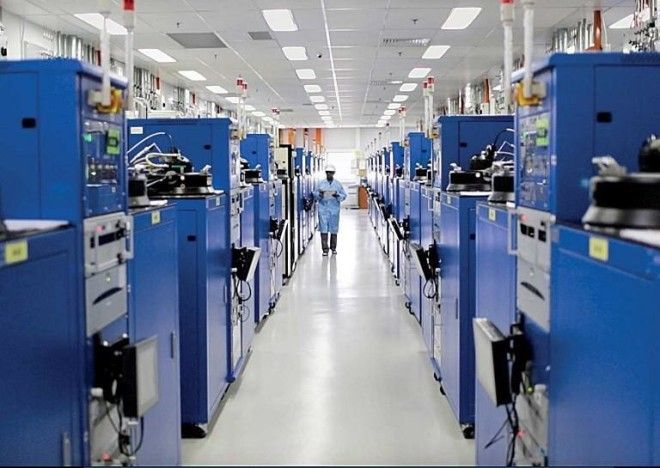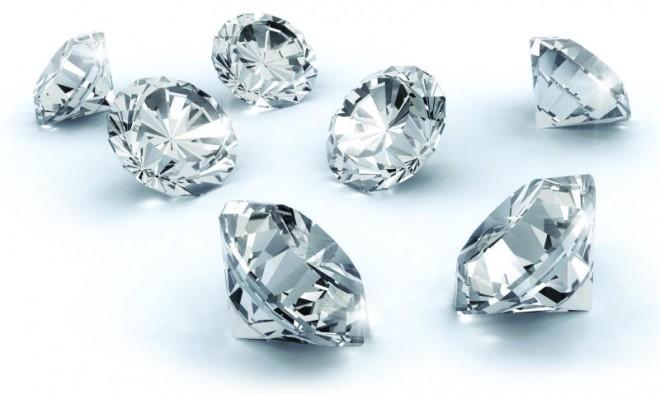This difficulty is one of the main reason why the synthetic diamond market is growing. It provides people with an alternative, which is a diamond that is cheap, environmentally friendly, looks exactly like a real diamond and definitely not acquired with dirty hands. Some retail stores like Walmart and Warren Buffett’s Helzberg Diamonds have already started to stock the synthetic diamonds.

“To a modern young consumer, if they get a diamond from above the ground or in the ground, do they really care?” asks Chaim Even-Zohar who is a principal at Tacy, an industry consulting firm in Ramat Gan, Israel. The synthetic diamond market is growing but it is still just a small fraction of the overall diamond market. To put this into perspective, only 360,000 carats of synthetic diamonds were made last year. In contrast, 146 million carats of natural diamonds were mined in 2013 alone, according to Frost & Sullivan. What is interesting to note is that a synthetic diamond is not just a ‘cheap’ diamond, it is an exact replica of a natural diamond in the sense that it has the same physical and chemical composition as the natural diamond.
How does the process work?

The next thing to do is wait. The microwave heats the gas mixture to a very high temperature and this produces a plasma ball. The gas within this plasma ball breaks down and the carbon atoms that remain crystallize and settle on the carbon seed. This process continues and essentially causes the carbon seed to grow as a result of the accumulation of the crystallized carbon on its surface.
It usually takes up to 10 weeks for you to get diamonds you can actually sell. But when you do, it is said that differentiating them from real diamonds is very difficult. In fact, experts need a machine to tell the difference between the lab-made diamond and a diamond mined from the earth.
PotentialThe synthetic diamond industry is on the rise and in fact, less than half of the consumers from North America claim to prefer natural diamonds to artificial ones, according to a survey. By 2026, it is estimated that the annual production of synthetic diamonds will reach a staggering 20 million carats. The big names in the natural diamond industry are not going to just sit down and let that happen. In a ruling back in July, the International Organisation for Standardization decided that from then on, gems had to be labelled as “synthetic”, “lab-grown”, or “lab-created”.
The natural diamond industry hopes that their customers will continue to be passionate about the romance of a diamond that is bred by nature. That is indeed a good marketing strategy for the industry which can attach a story to every diamond; making it much more than just a jewelry.
The synthetic diamond also has a good argument. In a New York jewelry store, 1 carat of natural diamond can cost $10,000 while its synthetic version costs only $6,000, a good price for something that looks exactly the same as the original. The other attractive feature of synthetic diamonds is the fact that they do not have any chance of being ‘blood’ diamonds.
“We are creating a new industry,” Vishal Mehta, the CEO of IIA Technologies in Singapore, told Bloomberg. “Consumers today really resonate with the idea of an eco-friendly and a conflict-free choice for diamonds. That’s been a sticking point.”
IIA Technologies is said to be the most prolific producer of synthetic diamonds in the world.

